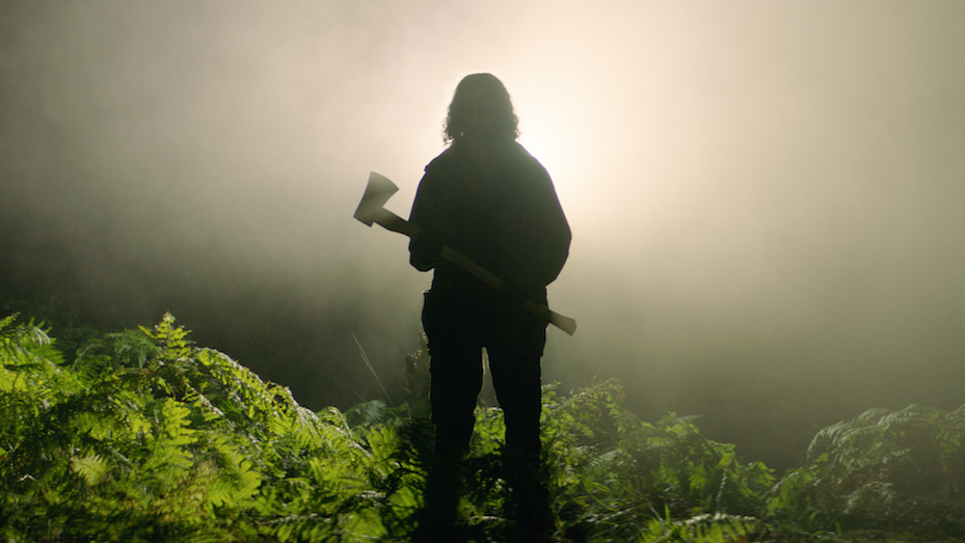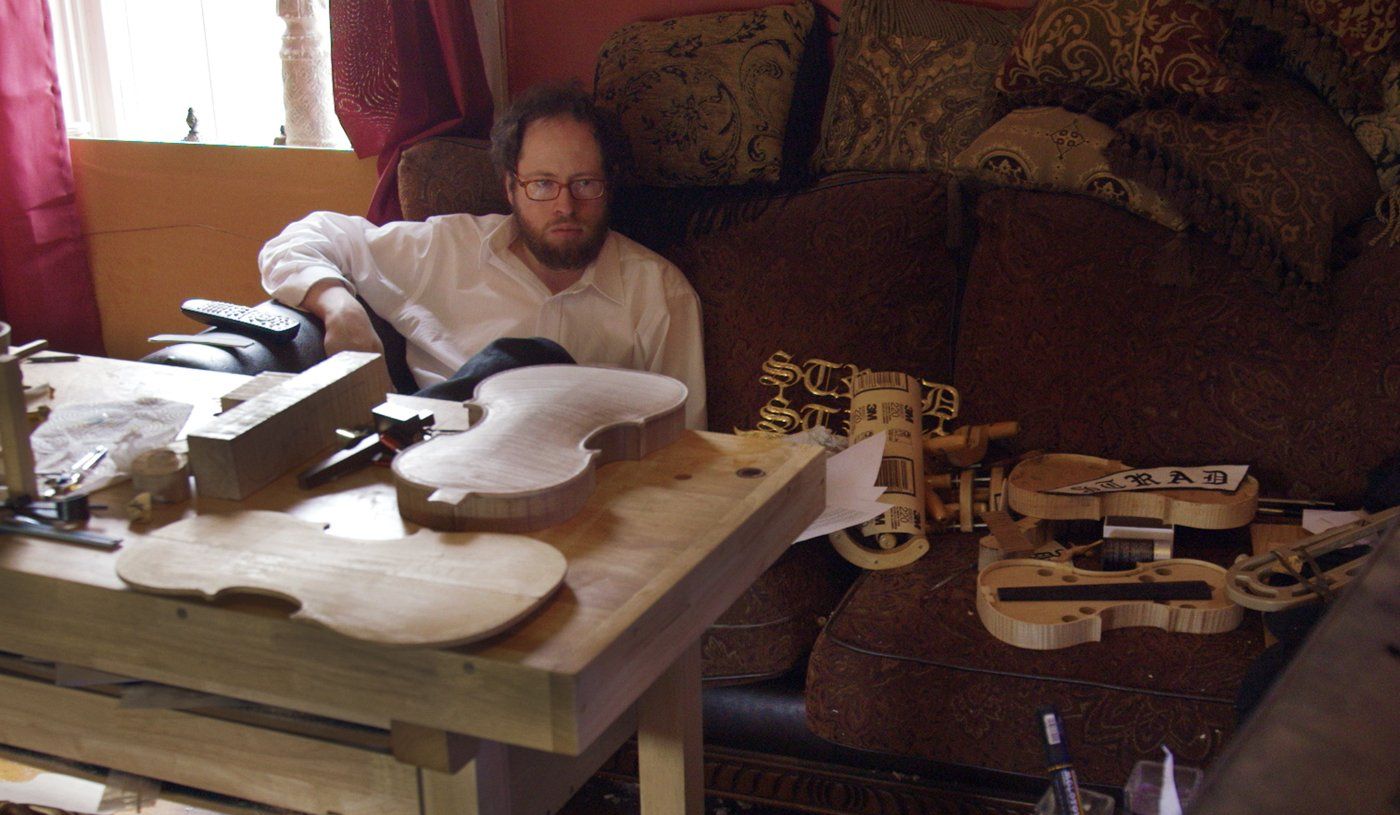In the infinite space of the forest, there’s a lot we don’t know. A lot of things could be left to the imagination – as hopeful or frightening as that could be. A place that makes itself home to vegetation, wildlife, and solace for humans could also contain terrors we don’t understand. Perhaps nature has a way of calling us back to it and enacting some sort of creative revenge in the way we’ve treated it. Concerning how we understand how nature works, there’s always been a clash of the spiritual vs the scientific. The space where we can’t make up the difference is the fertile ground where the sci-fi and horror have enjoyed an exploratory playground.
Director Ben Wheatley wrote In The Earth during the early days of lockdown. Much like the current world around us, the macro of In The Earth takes place within a pandemic. Scientists and the world alike are scrambling for a cure. Scientist Martin Lowery (Joel Fry) ventures to a government-controlled post in order to help with current studies and findings. His partner Dr. Olivia Wendle (Hayley Squires) had gone before him to study mycorrhizal fungi, but she has gone missing in the nearby woods. All contact has ceased as well. At the post, Martin meets park guide Alma (Ellora Torchia) who agrees to help him find Olivia.
Before they go, there are a couple of ominous allusions to the woods themselves. Apparently, groups of people have gone missing in those same woods. Also, there’s a folklore legend called Parnag Fegg or Spirit of the Woods. The tale calls for this spirit to stop children from getting lost in the woods. However, its true nature is not spoken on or perhaps intentionally left out. In The Earth presents itself in many forms. Wheatley has a preference of leading each major turn like a bread crumb from one act to another.
At first, it’s a search-and-rescue mission. Martin and Alma come across a camp that has been abandoned. What seems like it was going to be an easy two-day journey gets impeded by a sudden attack and an injury to Martin’s foot. There, they meet a stranger named Zach (Reece Shearsmith) who offers to help them. Much like the appearance of the woods themselves, nothing is what it seems. Pretty soon, the duo is at the mercy of Zach’s deranged nature. (Martin, in particular, loses a couple of toes in graphic fashion).
The film soaks itself in its ambitious and ambiguous nature. First, indulging itself in a direct approach of body horror. Zach’s relationship with nature binds more to the ethereal side. Basking himself in pagan rituals and photographs makes him feel more connected to the woods. Or in his words, the overall essence that called him there. When the duo finds Dr. Wendle, they find she has discovered a way to communicate with the plant life. Using sound and light, there’s a stone in the middle of her camp that is centered on trying to contact Parnag Fegg. From there, In The Earth takes a long dive into the abstract – leading to intense noise, deep red colors, and psychedelic visuals.
So what is In The Earth trying to say? A lot of it is up to the viewer, and that’s where issues present themselves. Wheatley presents a lot of smart ideas he scratches the surface on. But the inability to commit to one or two trips up a thought-provoking and visually enticing experience. Zach’s spiritual manifestations come at odds with Olivia’s scientific musings. Leading him to be violent in an almost Shining-like manner with an ax. These characters come to believe that some presence led them to this place for a reason. There’s even talk of Martin and Olivia being romantically involved after Olivia and Zach ending their relationship. One has to wonder could be a commentary on our relationship with the pandemic. While we couldn’t congregate in the same indoor settings for a year, there is always nature. Where the natural and supernatural can do a dance together and the threat of isolation can be just as jarring.
Amidst the brutish and intoxicating dreams that the third act visuals provide the audience, it’s a lot of style versus substance. The result is a film that finds its strength in trying to subvert expectations. Be that as it may, it falls in not wanting to explain too much to take away from the mysterious nature it builds upon.
Photo Credit: Neon Pictures













